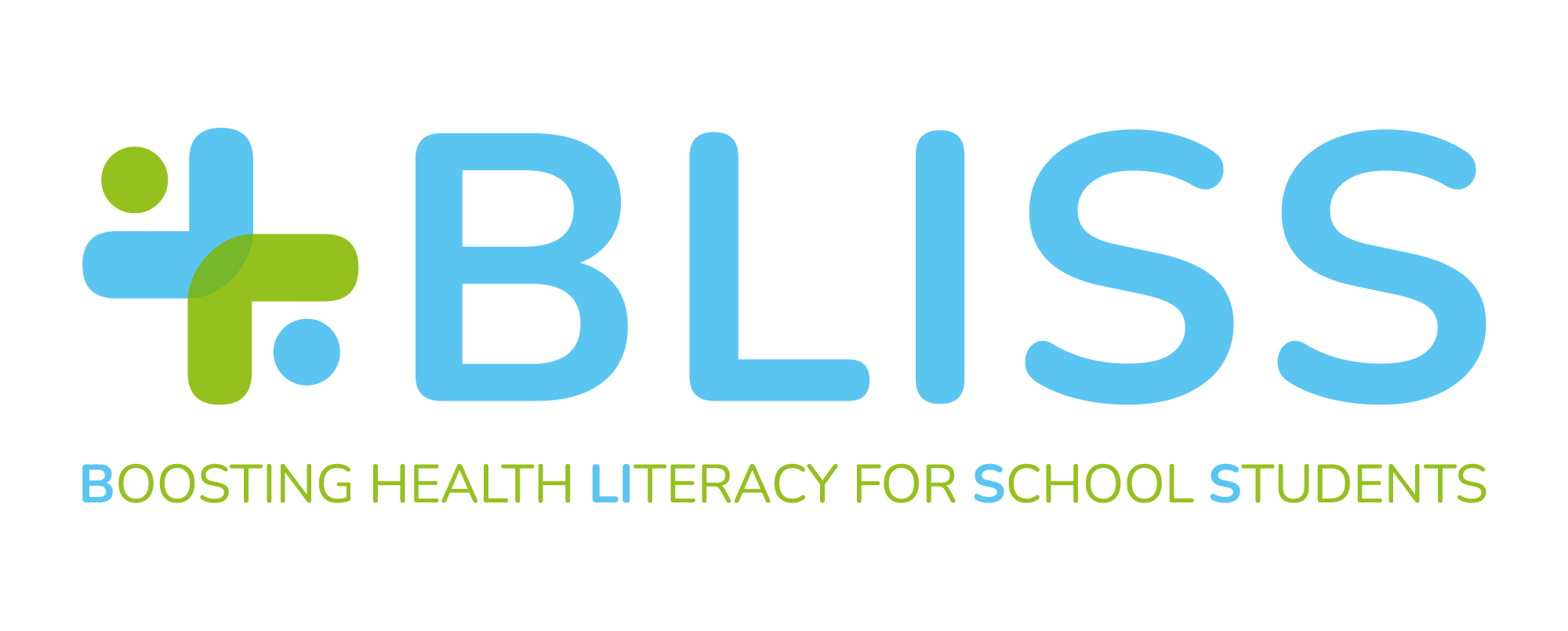2. Know how to identify and navigate various websites, platforms and online applications providing health information, learning to recognise trustworthy websites and recognised online resources in the field of health (official, national, etc.) (Identify indicators of authenticity and authoritative sources in online research. Help students understand how the web organises research data. Help students understand how information can help them solve their health-related problems).
Description
1. 5 ways to help students with health issues when they are at school
2. 4 ways to differentiate a good source from a bad source
3. A Toolkit for Addressing Health Misinformation
Extra:
4. Recognising and combating misinformation
5. Fake news: what it is and how to defend yourself
1. 5 ways to help students with health issues when they are at school
In the school setting prioritizing the health and well-being of students alongside academic achievement is crucial, addressing various health issues through proactive identification, use of assessment tools, and implementation of the WSCC framework to ensure a supportive environment and integrated interventions, ultimately fostering lifelong healthy behaviors.
2. 4 ways to differentiate a good source from a bad source
Research papers are a large part of many college courses, and the quality of your paper will only be as good as your research. The internet makes research on almost any topic more convenient and accessible than in the past, but it also presents some challenges. With all the information that’s online, how do you know if you’re using a reliable source?
3. A Toolkit for Addressing Health Misinformation
A Toolkit for Addressing Health Misinformation. Lessons and activities to engage your Teachers, community, colleagues, family, and friends about health misinformation.
4. Recognising and combating misinformation
Extra material. Graphic brochure on how to recognise and counter misinformation, including practical examples from the world of health, in Italian
5. Fake news: what it is and how to defend yourself
Extra material. In italian, A short article by Cittadinanzattiva on fake news and 'infodemia', the circulation of a large amount of information that is not always true and accurate, which has exponentially increased disinformation.


